Blog
WHAT ARE NON-WOVEN ABRASIVE FLAP BRUSHES AND HOW DO I GET A SATIN FINISH?
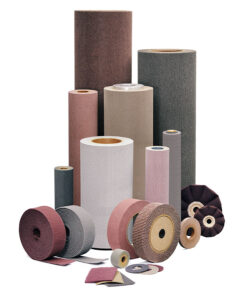
Non-woven abrasive brushes are a type of abrasive tool that is designed to remove material from surfaces by using a non-woven abrasive material. These brushes consist of a dense, non-woven material that is coated with abrasive particles such as aluminum oxide and silicon carbide.
The non-woven material used in these brushes is typically made from synthetic fibers such as nylon, polyester, or polypropylene. These fibers are bonded together with a resin or adhesive to create a dense, uniform material that is strong and durable.
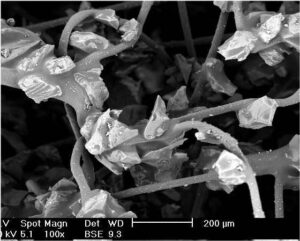
Non-woven abrasive flap brushes are used in a variety of applications, including cleaning, deburring, polishing, and surface preparation. They can be used on a wide range of materials, including metal, wood, plastics, and composites.
One advantage of non-woven abrasive brushes is that they can be used with a variety of different machines, including large metal strip processing machines, metal sheet, large & small parts for the medical, automotive, and aerospace industries.
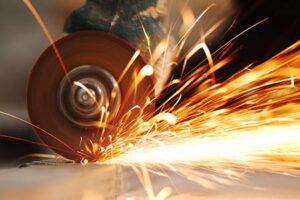
Non-woven abrasive flap brushes can also be used on smaller tools such as, angle grinders, drills, and hand-held tools. Non-woven abrasive brushes are also available in a range of shapes and sizes to suit different applications, including discs, wheels, cups, and brushes.
Overall, non-woven abrasive brushes are a versatile and effective tool for removing material from surfaces and preparing them for further processing or finishing.
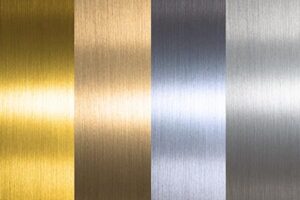
How do non-woven abrasive brushes create a satin finish on metal?
A non-woven abrasive flap brush can create a satin finish on a flat metal strip by using a combination of abrasive grains and fibers to abrade the surface of the metal. The fibers in the brush help to distribute the abrasive grains evenly across the surface of the metal, while also providing some flexibility and cushioning to prevent damage to the metal surface.
To create a satin finish, the non-woven abrasive flap brush is typically used with a medium to fine abrasive grain, such as aluminum oxide or silicon carbide. The brush is applied to the surface of the metal with moderate pressure, moving in a consistent back-and-forth motion along the length of the metal strip.
As the abrasive grains in the brush come into contact with the metal surface, they remove a thin layer of material through a combination of mechanical abrasion and chemical reaction. The fibers in the brush help to distribute the abrasive grains evenly across the surface of the metal, which helps to prevent uneven wear or scratching.
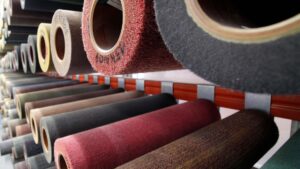
By using the appropriate combination of abrasive grain and fiber density, it is possible to achieve the desired level of surface finish on the metal strip. A satin finish is typically achieved by using a relatively fine abrasive grain and a lower density fiber material, which allows the brush to create a consistent, matte finish on the surface of the metal.
Overall, the non-woven abrasive flap brush provides a versatile and effective tool for creating a satin finish on a flat metal strip, and can be customized to meet the specific needs of different applications.
Thank you very much for the opportunity, we really appreciate it.
Give us a call for a free consultation!
Stay Healthy & Safe!
Sincerely,
David Thiemann

